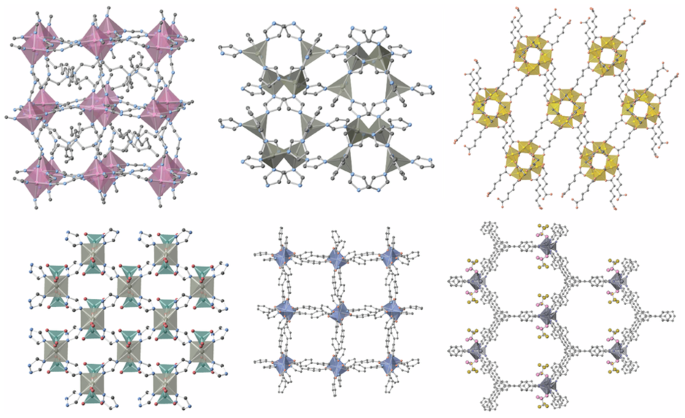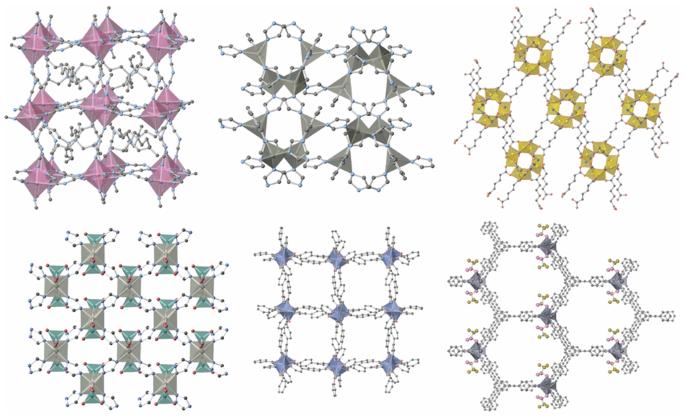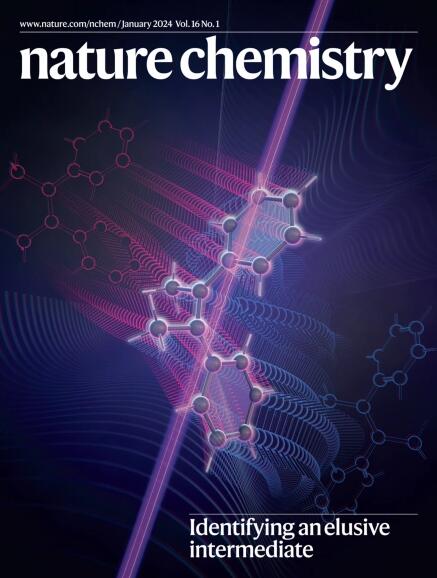Looking into the future of hybrid glasses
IF 20.2
1区 化学
Q1 CHEMISTRY, MULTIDISCIPLINARY
引用次数: 0
Abstract
Glasses are typically formed by melt-quenching, that is, cooling of a liquid on a timescale fast enough to avoid ordering to a crystalline state, and formerly thought to comprise three categories: inorganic (non-metallic), organic and metallic. Their impact is huge, providing safe containers, allowing comfortable and bright living spaces and even underlying the foundations of modern telecommunication. This impact is tempered by the inability to chemically design glasses with precise, well-defined and tunable structures: the literal quest for order in disorder. However, metal–organic or hybrid glasses are now considered to belong to a fourth category of glass chemistry. They have recently been demonstrated upon melt-quenching of coordination polymer, metal–organic framework and hybrid perovskite framework solids. In this Review, we discuss hybrid glasses through the lens of both crystalline metal–organic framework and glass chemistry, physics and engineering, to provide a vision for the future of this class of materials. Hybrid glasses are considered the fourth category of glass, and they exhibit different structures and properties to inorganic, organic or metallic glasses. This Review discusses hybrid glasses through the lens of crystalline metal–organic frameworks and glass chemistry, physics and engineering, providing a vision for the future of this class of materials.


展望混合眼镜的未来
玻璃通常由熔淬形成,即液体在足够快的时间尺度内冷却,以避免有序结晶态,以前认为玻璃包括三类:无机(非金属)、有机和金属。它们产生了巨大的影响,提供了安全的容器,创造了舒适明亮的生活空间,甚至奠定了现代电信的基础。由于无法通过化学方法设计出具有精确、明确和可调整结构的玻璃,这种影响被削弱了:即在无序中寻求有序。然而,金属有机玻璃或混合玻璃现在被认为属于玻璃化学的第四类。最近,在配位聚合物、金属有机框架和混合包光体框架固体的熔淬过程中,它们得到了证实。在本综述中,我们将从晶体金属有机框架和玻璃化学、物理学和工程学的角度讨论杂化玻璃,为这一类材料的未来发展提供展望。
本文章由计算机程序翻译,如有差异,请以英文原文为准。
求助全文
约1分钟内获得全文
求助全文
来源期刊

Nature chemistry
化学-化学综合
CiteScore
29.60
自引率
1.40%
发文量
226
审稿时长
1.7 months
期刊介绍:
Nature Chemistry is a monthly journal that publishes groundbreaking and significant research in all areas of chemistry. It covers traditional subjects such as analytical, inorganic, organic, and physical chemistry, as well as a wide range of other topics including catalysis, computational and theoretical chemistry, and environmental chemistry.
The journal also features interdisciplinary research at the interface of chemistry with biology, materials science, nanotechnology, and physics. Manuscripts detailing such multidisciplinary work are encouraged, as long as the central theme pertains to chemistry.
Aside from primary research, Nature Chemistry publishes review articles, news and views, research highlights from other journals, commentaries, book reviews, correspondence, and analysis of the broader chemical landscape. It also addresses crucial issues related to education, funding, policy, intellectual property, and the societal impact of chemistry.
Nature Chemistry is dedicated to ensuring the highest standards of original research through a fair and rigorous review process. It offers authors maximum visibility for their papers, access to a broad readership, exceptional copy editing and production standards, rapid publication, and independence from academic societies and other vested interests.
Overall, Nature Chemistry aims to be the authoritative voice of the global chemical community.
 求助内容:
求助内容: 应助结果提醒方式:
应助结果提醒方式:


